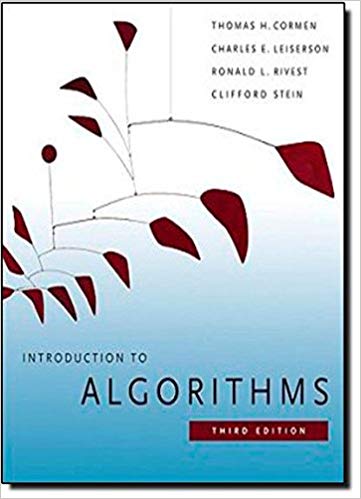Use the following ideas to develop a nonrecursive, linear-time algorithm for the maximum-subarray problem. Start at the
Question:
Use the following ideas to develop a nonrecursive, linear-time algorithm for the maximum-subarray problem. Start at the left end of the array, and progress toward the right, keeping track of the maximum subarray seen so far. Knowing a maximum subarray of A[1 . . j], extend the answer to find a maximum subarray ending at index j + 1 by using the following observation: a maximum subarray of A[1 . . j + 1] is either a maximum subarray of A[1 . . j] or a subarray A[i . . j + 1], for some 1 ≤ i ≤ j + 1. Determine a maximum subarray of the form A[i . . j + 1] in constant time based on knowing a maximum subarray ending at index j.
Fantastic news! We've Found the answer you've been seeking!
Step by Step Answer:
Related Book For 

Introduction to Algorithms
ISBN: 978-0262033848
3rd edition
Authors: Thomas H. Cormen, Charles E. Leiserson, Ronald L. Rivest
Question Posted:





